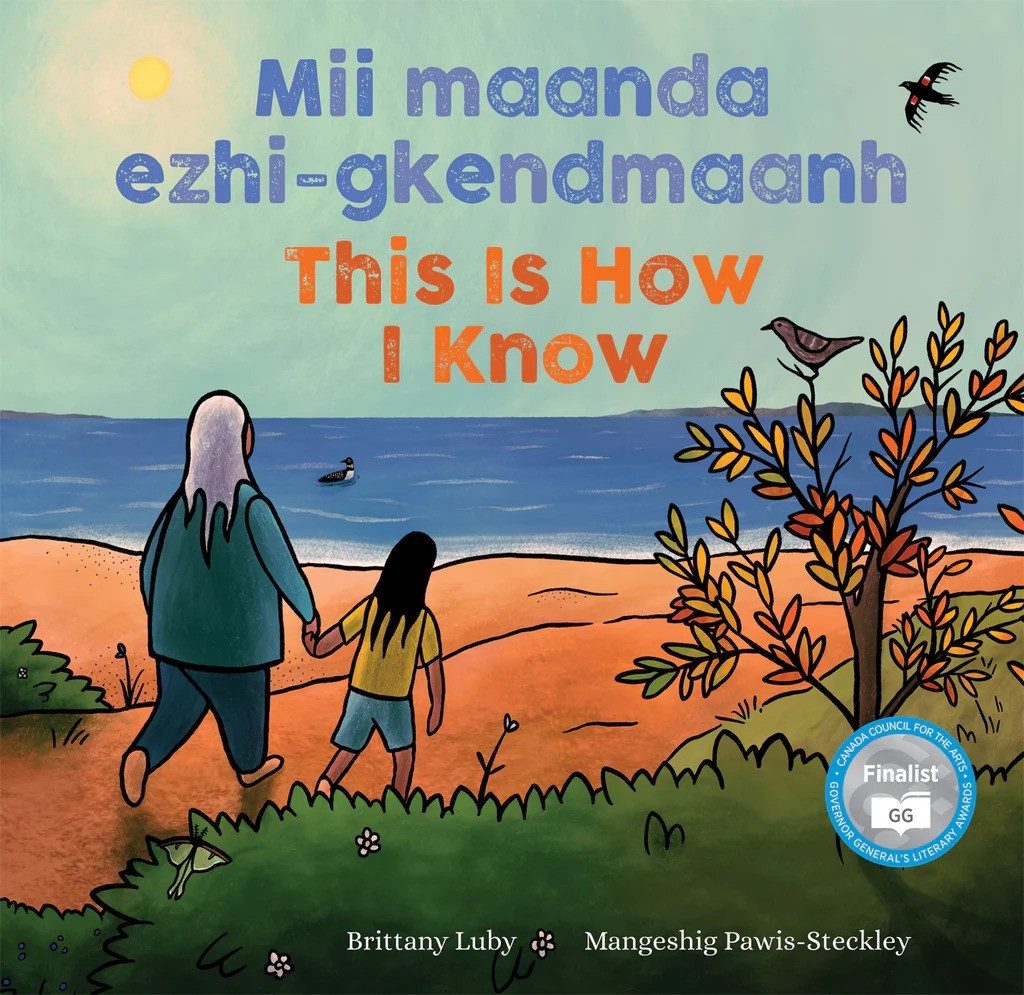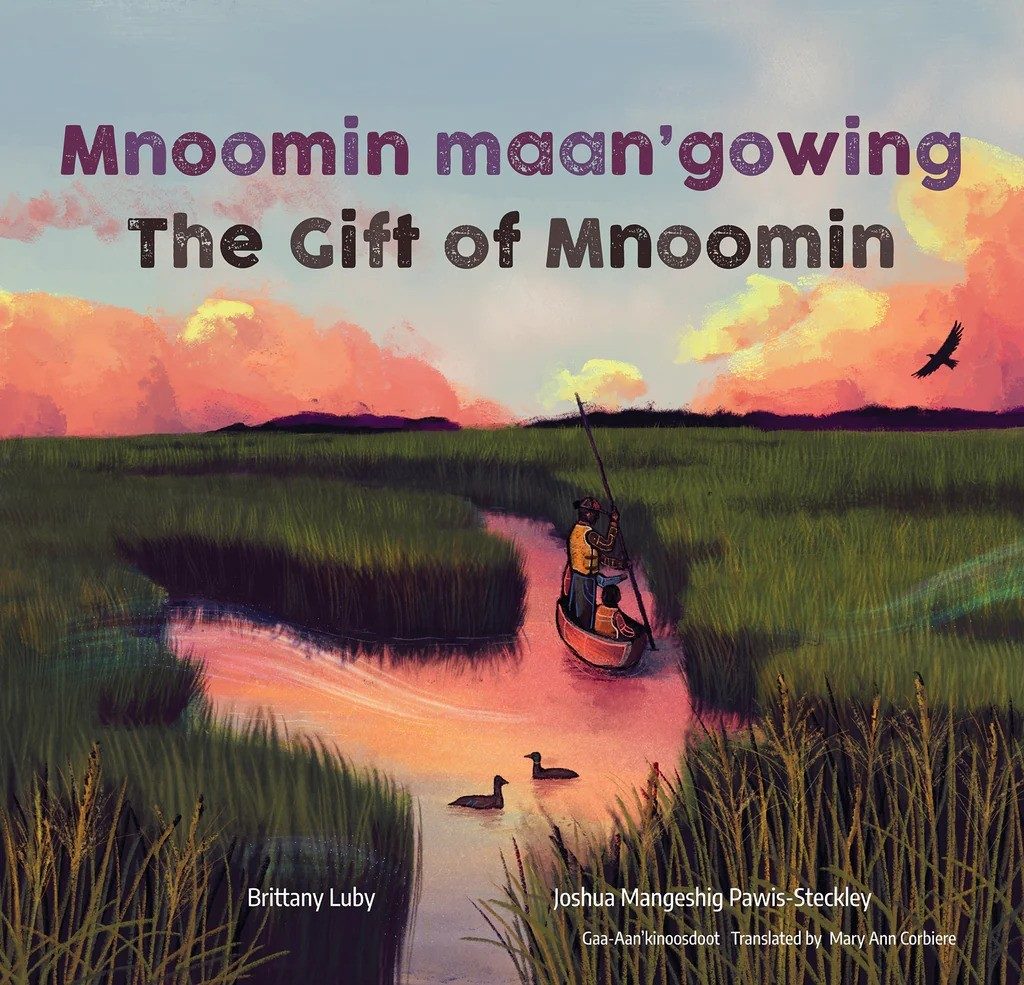By Mandy Medvin, Elizabeth Ford, and Charlene Klassen Endrizzi, Westminster College, PA., retired faculty
 “Who’s telling the story? What changes when someone else tells the story?” Videos like this one, “The Trouble with History,” from the Native New York exhibit, a branch of Smithsonian’s Museum of the American Indian, challenge students, teachers and parents to consider, “What if the story we are reading isn’t the only one?” And what if the text contains labels that marginalize specific groups?
“Who’s telling the story? What changes when someone else tells the story?” Videos like this one, “The Trouble with History,” from the Native New York exhibit, a branch of Smithsonian’s Museum of the American Indian, challenge students, teachers and parents to consider, “What if the story we are reading isn’t the only one?” And what if the text contains labels that marginalize specific groups?
This month we seek to move beyond a single, white Euro-centric lens on the Westward Movement, a common feature in many middle grade social studies’ textbooks. Louise Erdrich’s The Birchbark House series and Laura Ingalls Wilder’s Little House novels, both aimed at middle grade readers, are set in the mid-late 1800s and offer a comparative lens on this time period in U.S. history, often called the “pioneer era.” Louise (1954-present) wrote her books based on her family research as a member of the Turtle Mountain band of Ojibwe, Anishinaabe people who lived in the Great Lakes region. Laura (1867 – 1957), born nearby in Wisconsin, provides an early white-centric perspective on the same historical time period and location. Juxtaposing these series offers a way to initiate conversations with students regarding two distinct ways of life and perspectives.
After exploring The Birchbark House by Louise Erdrich, we wish our children and students had immersed themselves in both series. Erdrich, a well-known author of books focusing on Indigenous experiences, wrote The Birchbark House series for children starting in 1998; the fifth book was published in 2016. Book one, The Birchbark House, follows a year in the life of Omakayas, a 7-year-old Ojibwe girl living in 1847 with her family on the Island of the Golden Breasted Woodpecker, set in western Lake Superior. Written in four sections for each season, the book is a loving description of a self-resilient Native family embedded in a supportive community. Respect for nature is pervasive throughout, and the family offers thanks as they hunt and gather food depending on the season.
There are many strong female characters in this book, including Old Tallow, the hunter who rescues Omakayas when her first family dies of smallpox, and Nokomis, the grandmother respected for her skill at gathering food, cooking, crafts, and healing. The father, Deydey, is a French-Ojibwe fur trader, and the interactions between the ‘chimookoman’ or white settlers and their family are amicable. There is a Catholic mission school in their town, and Indigenous people of all ages are able to attend of their own free will and learn English—some with the intent of understanding government treaties that aim to take their land. Erdrich shows that such interactions are not stereotypical, and that there can be commonality, even friendship, among people from diverse backgrounds.
Darker notes inflect Erdrich’s history of the Ojibwe people. The Birchbark House does not shy away from the perils and impending changes Native families face. The book includes struggles with smallpox, hunger, and pressure by the government to move from their Native lands. Yet all these difficulties are shown in the context of a communal culture where people help each other and make decisions together. Laughter is also an important part of the book, and Omakayas’ interactions with her brother, Little Pinch, and her pet crow Andeg, are particularly funny. Overall, The Birchbark House is a refreshing and necessary antidote to a white-centric perspective.
Today, it’s difficult to read Wilder’s Little House on the Prairie, a tale of a resilient family seen through the eyes of Laura, the young female protagonist, without cringing at what characters say about Indigenous people, or without being astounded at the nonchalance with which they seize “unoccupied” territory. But these books remain popular, and may draw additional attention as this year is the 50th anniversary of the Little House on the Prairie television series. Therefore, comparing the viewpoints of these two authors can provide valuable lessons in both how the time period of the writing and the perspectives and experiences of the authors influence the way in which characters are portrayed. Indeed, Laura’s Pa has a somewhat more open attitude towards Indigenous neighbors, and in the end government policies also force Laura’s family off the land. We found it helpful to pair these portrayals of life in this time period to show their similarities, as well as their oppositions.
Erdrich and Wilder enable readers to ponder distinctive parenting roles by well-developed characters who play crucial positions, teach by example, and encourage and treasure their children. And, in both, parents rely on their children for help and support; Omakayas and Laura, regardless of their youth, perform necessary tasks. Both historical novels also acknowledge the importance of occasional indulgences, even when resources are scarce and times are hard. Adult characters strive to give the children moments of joy. Consider the poignant scene in Little House on the Prairie in which a neighbor, Mr. Edwards, risks his life traversing snow drifts and icy waters to bring Laura and Mary small Christmas gifts. In The Birchbark House, Old Tallow, who literally saved the infant Omakayas, treats her to a tiny, sticky bit of summer’s sweetness, a scrap of maple sugar, a true treasure, which Omakayas decides not to share—both little girls are real children, not perfect angels.
Perhaps most notably, both works highlight their young protagonists’ ability to revel in the world. Laura views her vast new surroundings with eagerness, and Omakayas reads nature with insight and ease. Both occasionally have what seems like incredible autonomy to explore, even though there are real dangers, including wolves and bears. Modern children and adult readers need to experience the way these two notice insects, flowers, trees, breezes, birdsong, really, everything around them, without the constant hum of modern life, which, in our time, drowns out the softer, if still present, songs. With full awareness of the chasms that divide them, let’s allow these two works to sing together and challenge our assumptions.
 We pause to note the American Library Association’s 2018 decision to re-name the Laura Ingalls Wilder annual award to the Children’s Literature Legacy Award. After grappling with questions related to inclusiveness and respect, the Association for Library Services for Children’s board made the change to “prompt further critical thinking about Wilder’s books,” a focus that inspired this blog. For further reading, consider these concerns raised by Debbie Reese.
We pause to note the American Library Association’s 2018 decision to re-name the Laura Ingalls Wilder annual award to the Children’s Literature Legacy Award. After grappling with questions related to inclusiveness and respect, the Association for Library Services for Children’s board made the change to “prompt further critical thinking about Wilder’s books,” a focus that inspired this blog. For further reading, consider these concerns raised by Debbie Reese.
To augment Louise Erdrich’s chapter books, we suggest several picturebooks, starting with This is How I Know: A Book About Seasons (2019). Similar to Erdrich’s rich descriptive language, Brittany Luby, a history professor and member of the Anishinaabe First Nations in Toronto, Canada, brings to life the wonder of our four seasons. Through this bilingual story-poem, a child and her grandmother journey through the natural rhythm of migrating birds, hibernating animals, singing insects, hunting and gathering food, even changes in sunlight and weather. Set in the Great Lakes region this award-winning author shares her wisdom passed down from Knowledge Keepers.
 Through Birchbark Books, we uncovered a second bilingual Brittany Luby picturebook, focused again on the Anishinaabe First Nations. In The Gift of Mnoomin, her sparse, poignant text, “A seed is a story you can hold in your hand,” leads readers through the life cycle of ‘mnoomin,’ wild rice that shelters fish, protects ducklings and also feeds the Anishinaabe people. Listen to Luby’s Blueberry Award acceptance speech to discover how elders introduced her to the ecological and cultural importance of mnoomin. Also check out the Blueberry Award booklist, created by the Evanston Public Library, to honor other excellent children’s books focused on nature.
Through Birchbark Books, we uncovered a second bilingual Brittany Luby picturebook, focused again on the Anishinaabe First Nations. In The Gift of Mnoomin, her sparse, poignant text, “A seed is a story you can hold in your hand,” leads readers through the life cycle of ‘mnoomin,’ wild rice that shelters fish, protects ducklings and also feeds the Anishinaabe people. Listen to Luby’s Blueberry Award acceptance speech to discover how elders introduced her to the ecological and cultural importance of mnoomin. Also check out the Blueberry Award booklist, created by the Evanston Public Library, to honor other excellent children’s books focused on nature.
In closing, we acknowledge our outsider lens as white, middle-class retired college professors. We urge teachers and parents to explore the American Library Association’s biennial award for outstanding children’s and Y.A. books featuring Indigenous characters and authors (American Indian Youth Literature Awards). As this award was only conceived in 2006 (when The Birchbark House received recognition), we acknowledge a need to actively seek out additional noted-worthy books focused on Indigenous populations.
Since we believe “there is no single story of the West,” join us in our quest to discover a more complicated history.
WOW Currents is a space to talk about forward-thinking trends in global children’s and adolescent literature and how we use that literature with students. “Currents” is a play on words for trends and timeliness and the way we talk about social media. We encourage you to participate by leaving comments and sharing this post with your peers. To view our complete offerings of WOW Currents, please visit its archival stream.
